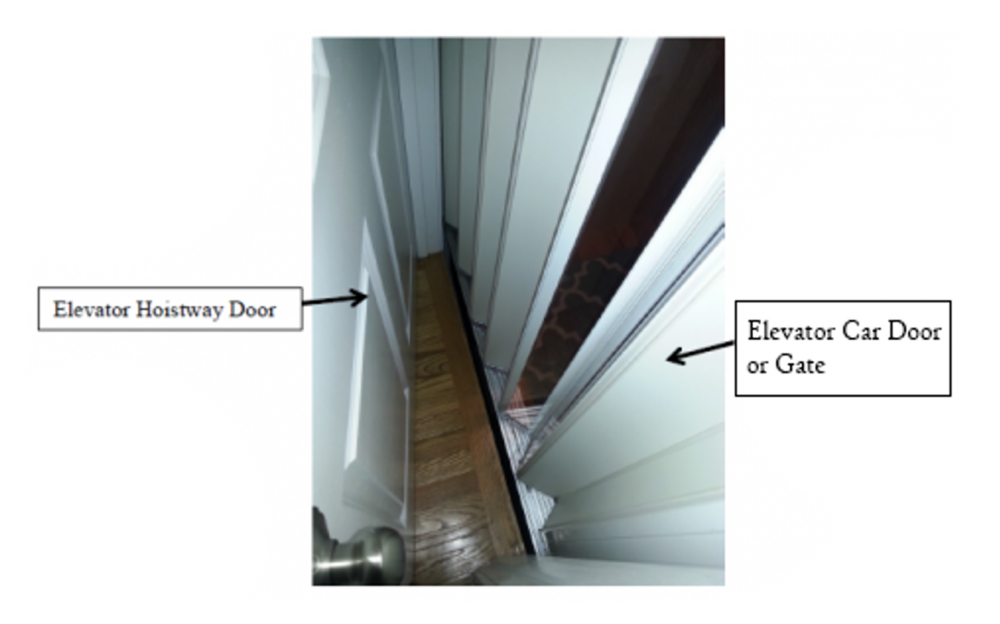Vacation Home Elevators May Pose Hidden and Deadly Risk When Traveling, CPSC Warn

Federal safety officials are warning about a hidden risk that children may face in certain vacation rental homes with residential elevators, which have been linked to thousands of injuries and dozens of deaths, as those numbers may increase with Americans heading out for vacations as the COVID-19 restrictions are eased.
The Consumer Product Safety Commission (CPSC) issued a report on June 24, warning about a design flaw in some home elevators, which results in a space between the elevator door and exterior door, or gate. This gap can entrap children and others, putting them at risk of severe injuries and death.
If the gap is too deep between any exterior hoist way door and the farthest point of the elevator, a child may enter and close the exterior hoist way door without opening the interior elevator door, and become entrapped between the two doors, resulting in serious injuries, or death, when the elevator car moves.

Did You Know?
Change Healthcare Data Breach Impacts Millions of Customers
A massive Change Healthcare data breach exposed the names, social security numbers, medical and personal information of potentially 100 million Americans, which have now been released on the dark web. Lawsuits are being pursued to obtain financial compensation.
Learn MoreAccording to the commission, home elevators are known to cause some of the most severe injuries. Residential elevators were linked to 4,600 injuries and 22 deaths from 1981 through 2019, according to data collected by the CPSC.
The CPSC reports children from ages 2 to 16 have been crushed to death in this gap. In some incidents, children have suffered multiple skull fractures, fractured vertebrae, traumatic asphyxia and other horrific and lifelong injuries.
The CPSC recommends consumers concerned about their home or vacation elevator lock the elevator itself in an unusable position or lock all the exterior doors to the elevator.
For home elevator owners, the CPSC urges consumers have a qualified elevator inspector examine the elevator for this gap and other potential safety hazards. They should also ensure the elevator complies with the requirements of the ASME A17.3-2017 Safety Code for Existing Elevators and Escalators.
Other effective solutions could include space guards on the back of the room access door or installing a sensor to detect if a child has become stuck to prevent the elevator from moving, the CPSC warning noted.
Consumers can contact their elevator manufacturer, or an elevator installer, to obtain these critical safety devices and protect children from this hidden hazard.
The CPSC stated it will continue its investigation into the safety of residential elevators, and advises consumers to report any safety incident involving residential elevators at www.SaferProducts.gov.





0 Comments